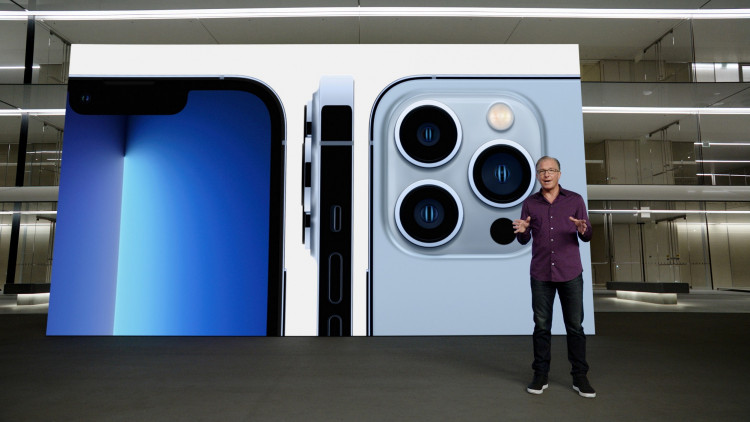Apple Inc. is reportedly advancing its camera technology for the upcoming iPhone 16 Pro models, focusing on enhancements that could significantly reduce lens flare and ghosting, common issues that detract from photo quality. Sources close to Apple's supply chain have revealed that the company is testing a novel anti-reflective coating technique using atomic layer deposition (ALD), aiming to integrate this in future iPhone models.
This new development, first reported by a source on the Naver blog under the pseudonym "yeux1122," highlights Apple's commitment to refining the photographic capabilities of its devices. ALD technology allows for the precise application of ultra-thin coating materials on camera lenses. By doing so, Apple aims to minimize the internal reflections that cause lens flare-a problem that becomes particularly noticeable when shooting in bright light conditions.
ALD's potential doesn't stop at reducing unwanted optical artifacts; it also offers added durability against environmental factors without compromising the lens's ability to capture light. This could be a significant upgrade from existing anti-reflective coatings, which, while effective to some degree, often fall short due to their uneven application.
According to reports, Apple plans to employ this new manufacturing technology in the Pro models of its next-generation iPhone lineup. Although it's currently associated with the iPhone 16 series, there's speculation that this enhancement might debut in the iPhone 17 Pro models instead, given the typical lead times for integrating such advanced technologies.
The urgency to innovate is clear as Apple continues to push the boundaries of what its cameras can achieve. Each iPhone generation has seen improvements, but persistent issues like lens flare and ghosting have remained, as noted in user feedback from models as recent as the iPhone 15 Pro Max. Such problems are particularly evident in video capture, where dynamic changes in light and angle can introduce distracting visual artifacts.
Looking ahead, the iPhone 16 Pro models are expected to feature a tetraprism lens with up to 5x optical zoom, an enhancement currently exclusive to the iPhone 15 Pro Max. This suggests that Apple is not only focusing on reducing photographic flaws but also enhancing the overall versatility and capability of its camera systems.
Apple's CEO has not made any official comments on these rumors, but the industry is watching closely. The potential introduction of ALD technology in iPhone cameras represents a pivotal step forward, aligning with Apple's long-standing goal to deliver professional-quality photography in a smartphone.
As Apple prepares for this technological leap, the implications extend beyond just image quality. A successful integration of ALD could reinforce the iPhone's status as a premium tool for both casual photography enthusiasts and professional videographers alike, potentially setting new standards for mobile photography.





